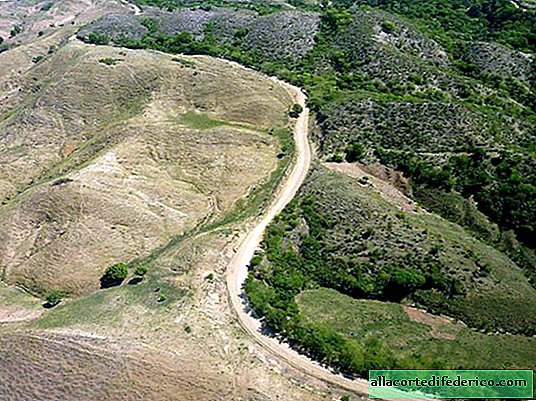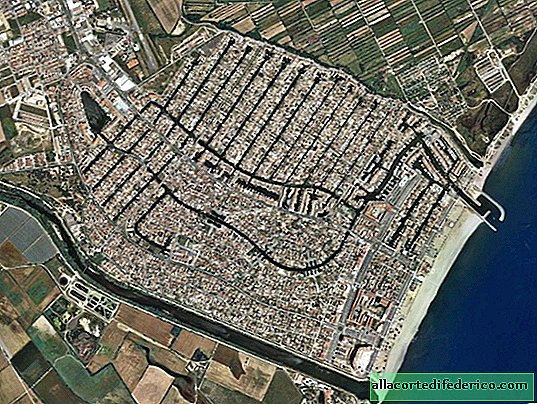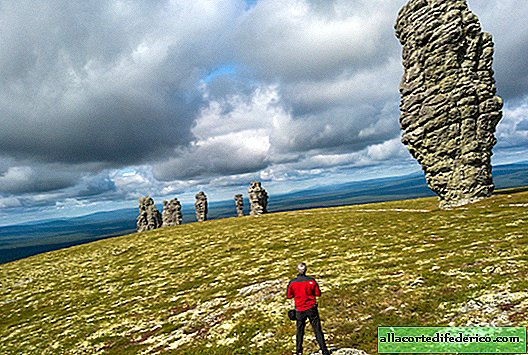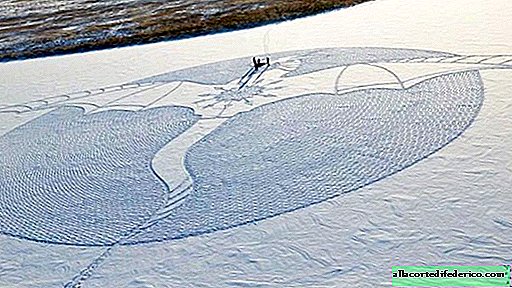Large animals are finding it increasingly difficult to exist on our planet, and smaller animals will replace them.
While scientists are arguing about what date to take as the beginning of a new geological period called the Anthropocene, and whether it is worthwhile to say goodbye to the Holocene at all, on the planet you can already observe the characteristic signs of the new period everywhere. The massive extraction of natural resources and the emission of pollutants into the air, reduction of forest plantations, an increase in the area of cultivated land and urban settlements, the catastrophic pollution of the oceans and even outer space are the few signs that make it possible to judge that a new geological era in history Earth has already begun.

But perhaps the most important disaster is a decrease in the number of living organisms on the planet, and the rapid decline in biodiversity as a result of human activity. According to most environmentalists, this trend will only worsen in the near future - the world is on the verge of a new global extinction of fauna. Only this time, everything will happen no longer due to the fall of a mysterious meteorite or the eruption of a supervolcano, but through the fault of human civilization.

Scientists believe that the number of fauna representatives will continue to decline, and that large species, such as elephants, rhinos, eagles, or large felids, will be threatened with extinction. It is to such animals that it is most difficult to adapt to changing conditions for several reasons at once. Such mammals or birds, as a rule, have a low reproduction rate of the population, the number of cubs born and raised to adulthood is small, and they need several years to reach reproductive age. In this regard, they significantly lose to smaller species, for example, rodents, which bring numerous offspring and reach the breeding period several times faster. Among birds, a similar picture is observed, where insectivorous small birds currently thrive.

In addition, large animals, especially predators, often have a narrow food specialization, which also makes them very vulnerable. For example, the Far Eastern leopard, whose population has been restored for more than a dozen years in the Far East, needs a significant number of musk deer on its territory and cannot exist without it. While the diet of smaller species is more diverse.


Here scientists came to such disappointing conclusions after they analyzed the state of populations of more than 15 thousand species of mammals. And the other day, the world spread the news of the death of the last male Sumatran rhino in Malaysia, and in all no more than 300 animals of this species remained alive. Scientists have preserved his biomaterial in order to be able to resurrect this species in the future. That's just if this rhino has a future, given the fact that large animals on the planet no longer have a place.


















